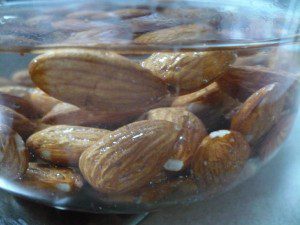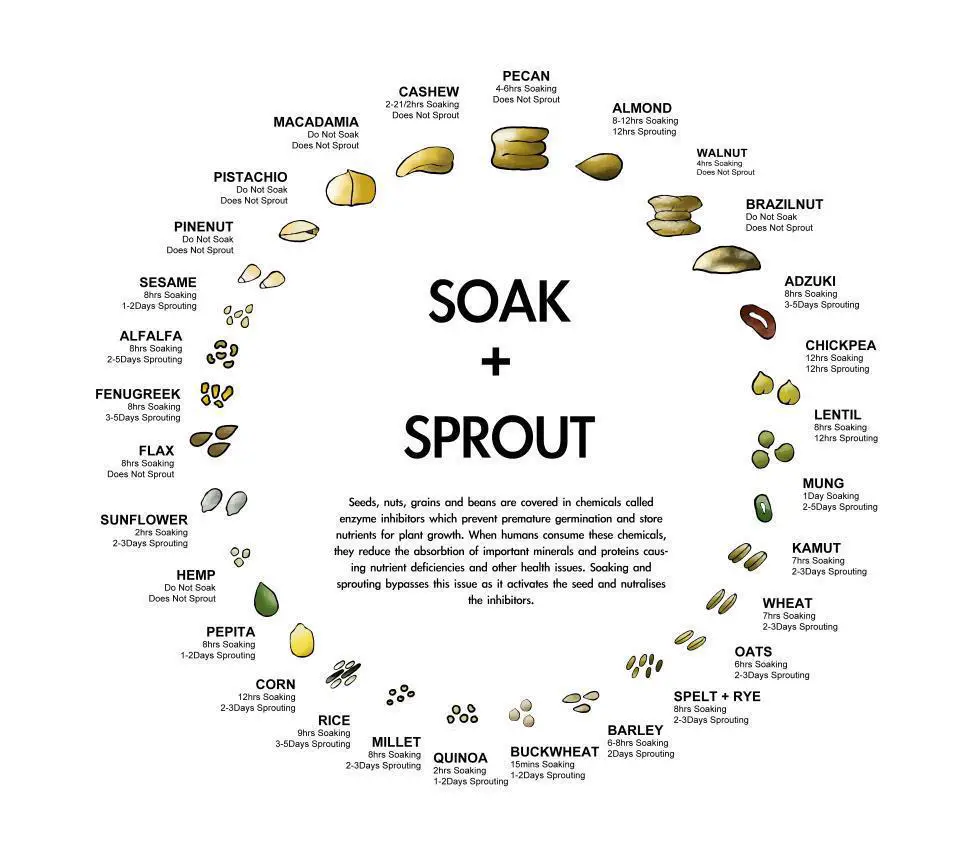Guest Writer for Wake Up World
The prevailing nutritional wisdom nowadays is that whole grains and foods made from whole grains are better for you than anything made with refined white flour. But really, this is only a half-truth.What this mainstream nutritional dogma fails to take into account is that unless grains (along with beans, nuts and seeds) are properly prepared, these “healthy” foods can actually wreak havoc on your health.
Grains, beans, nuts and seeds have long been staples in traditional diets throughout the world for a simple reason: They can be stored for relatively long periods of time without going bad. This is because they are essentially all seeds. Each individual seed contains all of the nutrients and enzymes needed to produce a living plant, but remains dormant until the conditions for germination are just right.
[pro_ad_display_adzone id=”110028″]
What prevents seeds from becoming plants is something called phytic acid, a compound that inhibits phytase, an enzyme involved in the germination process. Phytic acid not only keeps seeds from sprouting — it also helps to protect them from predators. Its enzyme-inhibiting activity blocks digestive enzymes so that seeds stay intact as they pass through the digestive system of animals that eat them.
Phytic acid is considered an anti-nutrient because it binds to minerals like magnesium, calcium, zinc, copper and iron in the intestines, blocking their absorption and carrying them out of the body. Ruminants (cattle, bison, sheep, deer, etc.) are the only animals that possess phytase, which allows them to digest the phytic acid found in the cereal grasses they eat. In humans, consuming high levels of phytic acid — which often happens as part of a “healthy high-fiber diet”— can lead to digestive distress, mineral deficiencies and a whole host of associated maladies. Research has linked phytic acid consumption to anemia, bone loss, tooth decay, depression, compromised immunity and inflammation.
So how can we safely consume phytic acid-containing foods? It’s pretty simple — start the germination process by soaking (or sprouting) them. Soaking grains, beans, nuts and seeds unlocks theirs “life force” and activates phytase, which starts to break down phytic acid, while also freeing up vitamins, minerals and amino acids, making these nutrients more bioavailable. Fermenting grains (think sourdough bread) is another way to reduce phytic acid by essentially “pre-digesting” it.
Unfortunately, the vast majority of commercially available “whole grain” products are made with improperly prepared grains, which is something of a tragedy, considering that most people equate “whole grain” with “healthy.” In the case of someone struggling with digestive problems, for example, a traditionally fermented sourdough bread made with refined white flour is probably a better choice than the whole wheat bread sitting on a store shelf with “high-fiber” and “heart-healthy” claims all over the label.
Cooking alone is not enough to adequately reduce phytic acid content, a fact that our ancestors were well aware of. According to Sally Fallon, co-founder of the Weston A. Price Foundation and author of Nourishing Traditions, “our ancestors and virtually all pre-industrialized people only ate grains that were soaked or fermented.”
In general, the best way to significantly reduce the phytic acid content of grains and legumes is to soak them in a slightly acidic liquid for 12-24 hours and then to cook them. Nuts and seeds contain less phytic acid than grains and beans, and also contain delicate oils that can be damaged by heat, so simply soaking them for 2-12 hours is ideal. Your “slightly acidic liquid” could consist of buttermilk (soured milk) or spring or filtered water with 1 tablespoon of an acidic medium added for each cup. Ideally this acidic medium would be unpasteurized apple cider vinegar or lemon juice.
This beautiful chart (click to view full size) is a helpful quick guide to the ideal soaking and sprouting times for various grains, beans, nuts and seeds. To learn more about traditional methods of soaking, fermenting and cooking grains, I highly recommend reading Nourishing Traditions.
About the Author
Mina is a natural health enthusiast, avid yoga practitioner and health freedom advocate. She has a passion for discovering and sharing strategies for achieving optimal health and longevity, and has spent the last eight years working in the natural health industry. In addition to researching health and nutrition, writing about the latest happenings in the natural health world and practicing yoga, she enjoys spending time in nature, meditating and making superfood smoothies.
This article was republished with permission from Live in the Now, one of the fastest growing natural health newsletters. Visit LiveInTheNow.com to browse their complete library of articles, or join the nearly 60,000 readers subscribed to their Newsletter.
[pro_ad_display_adzone id=”110027″]








